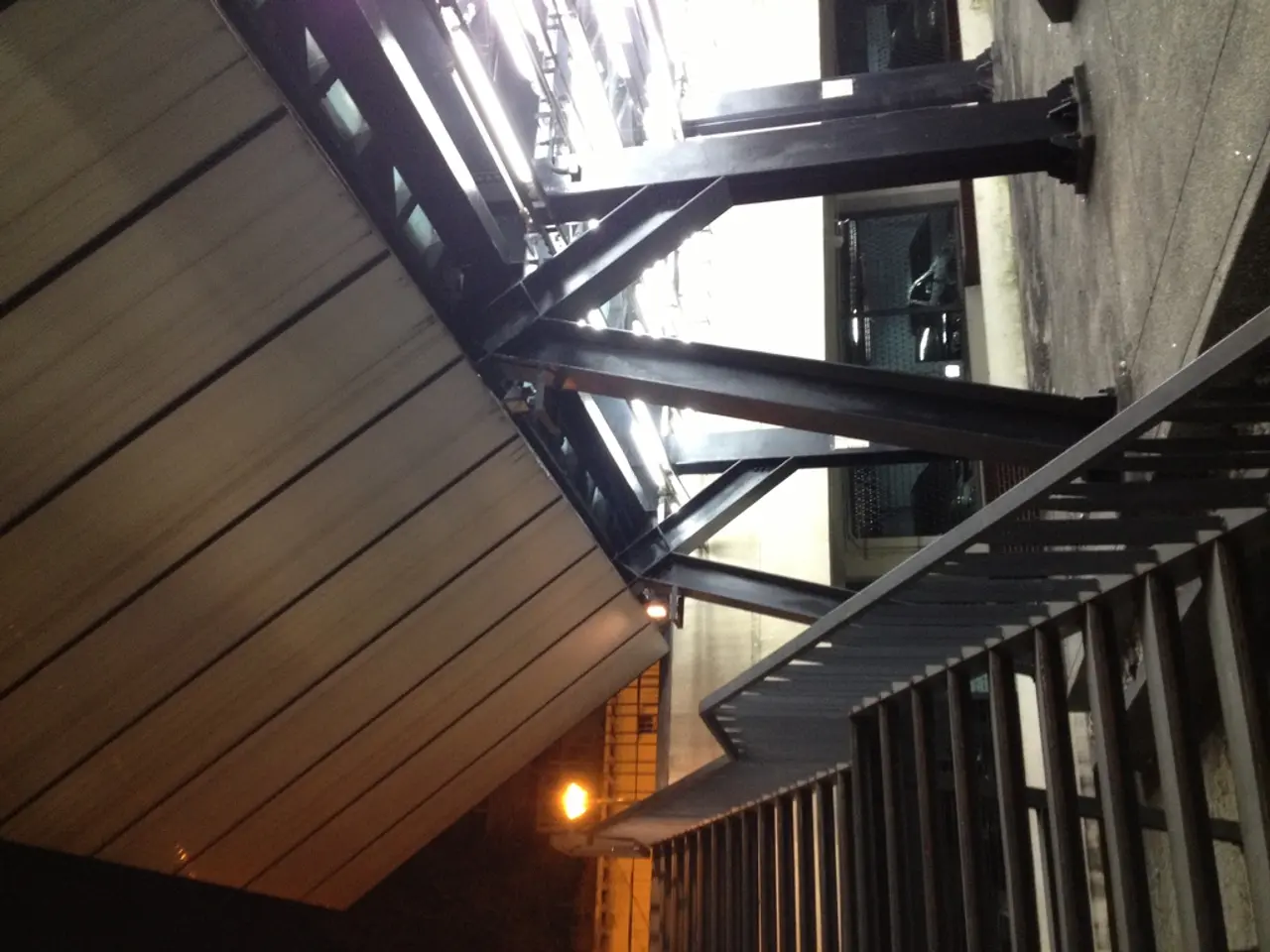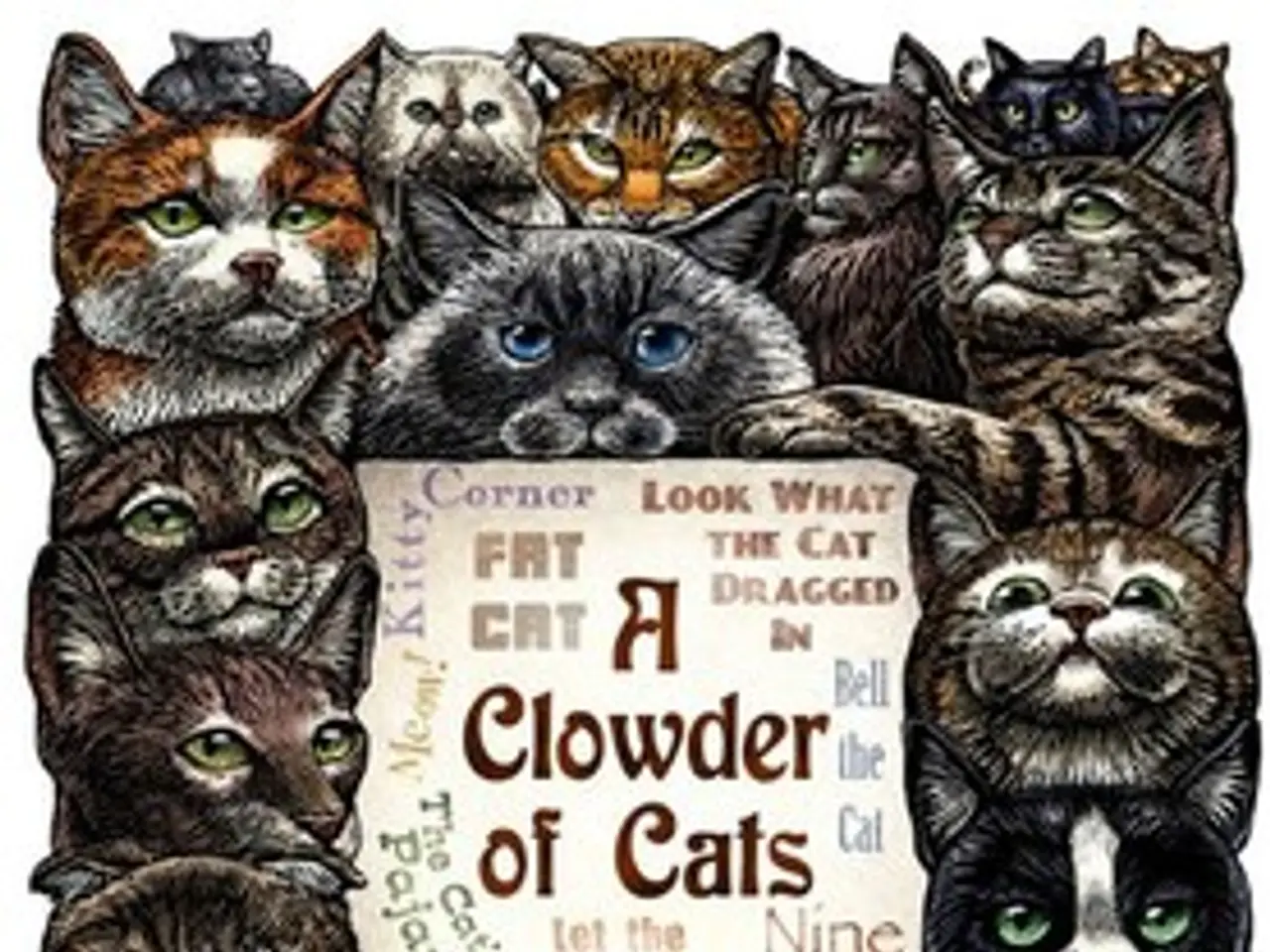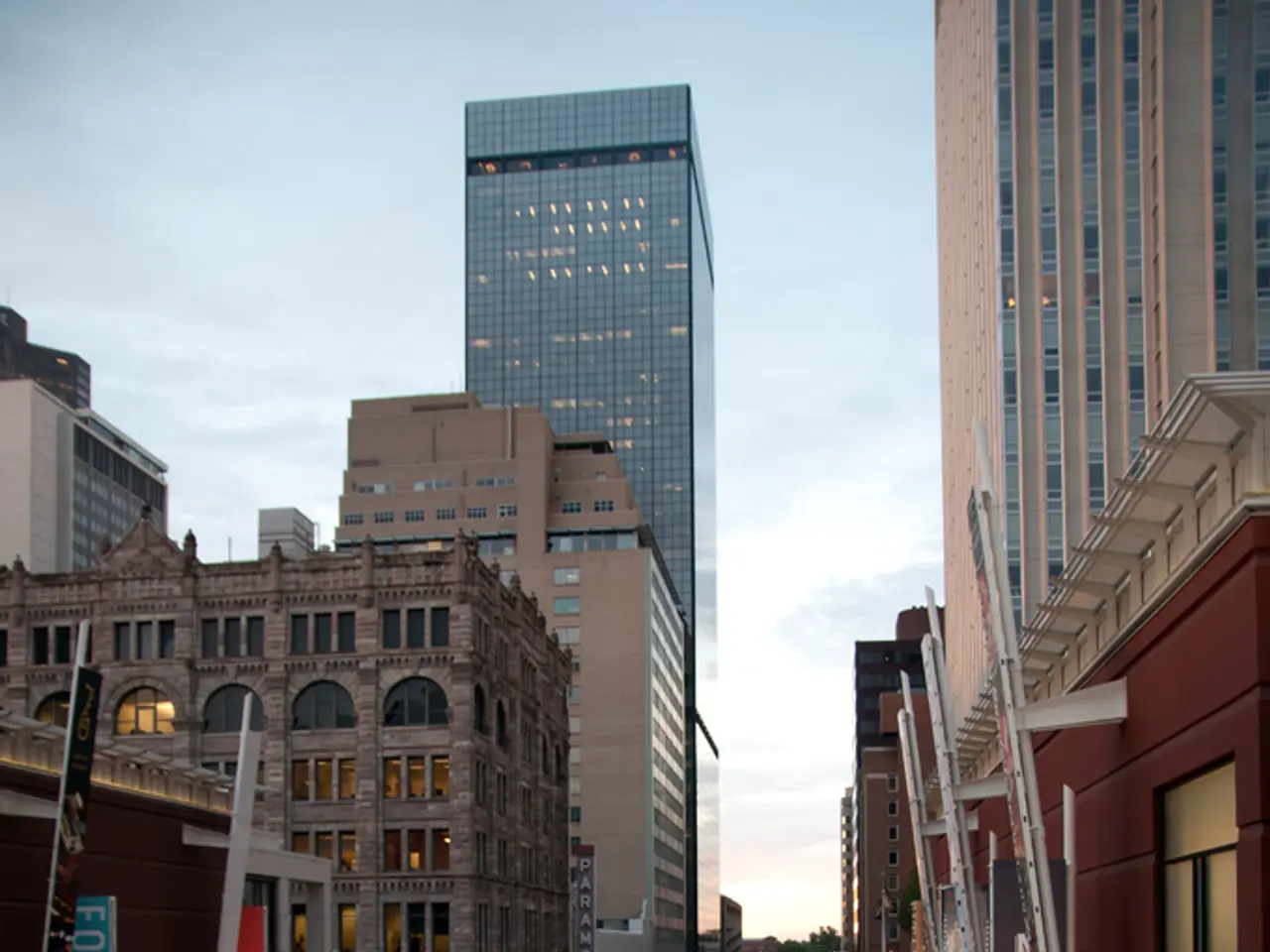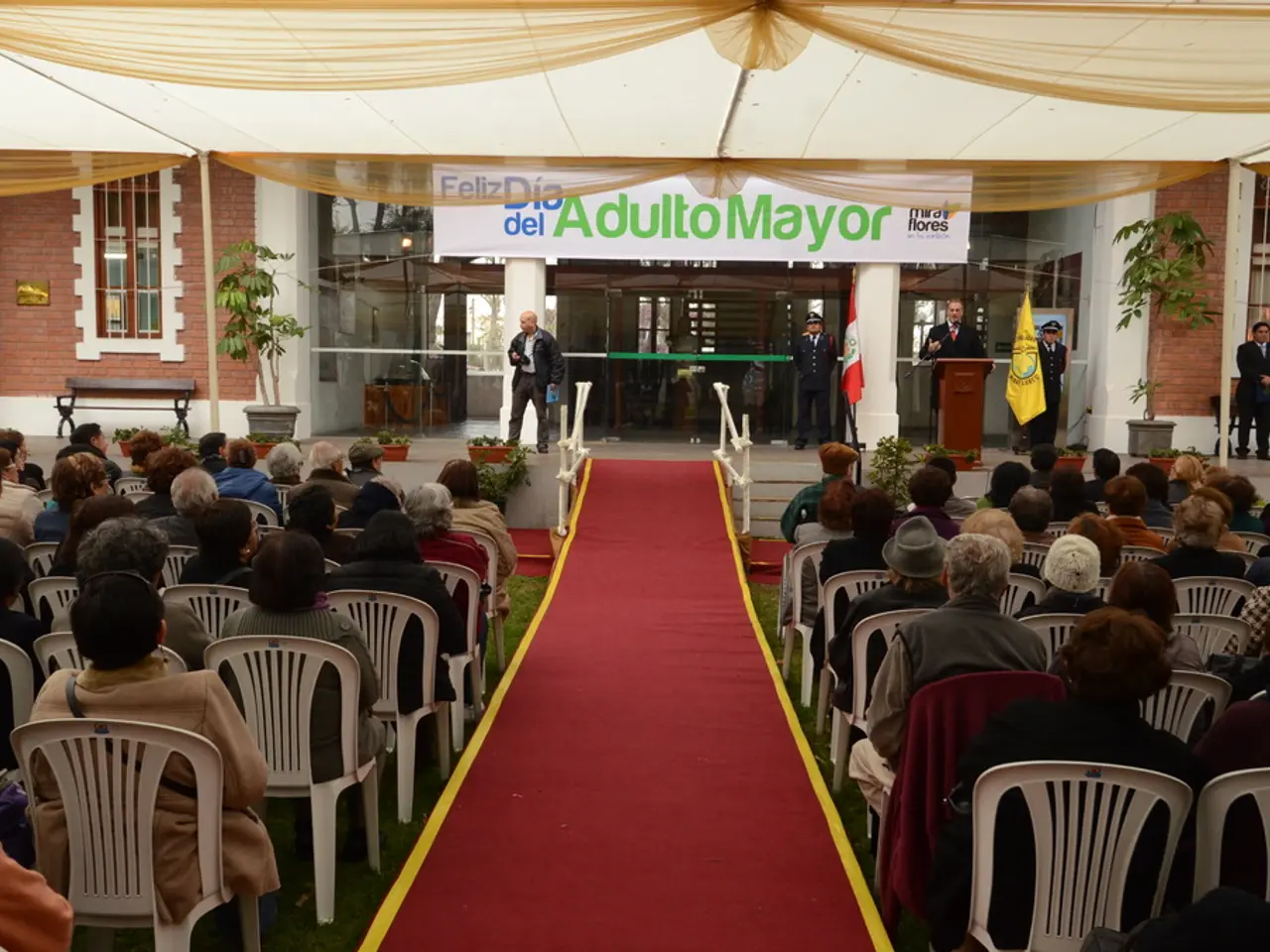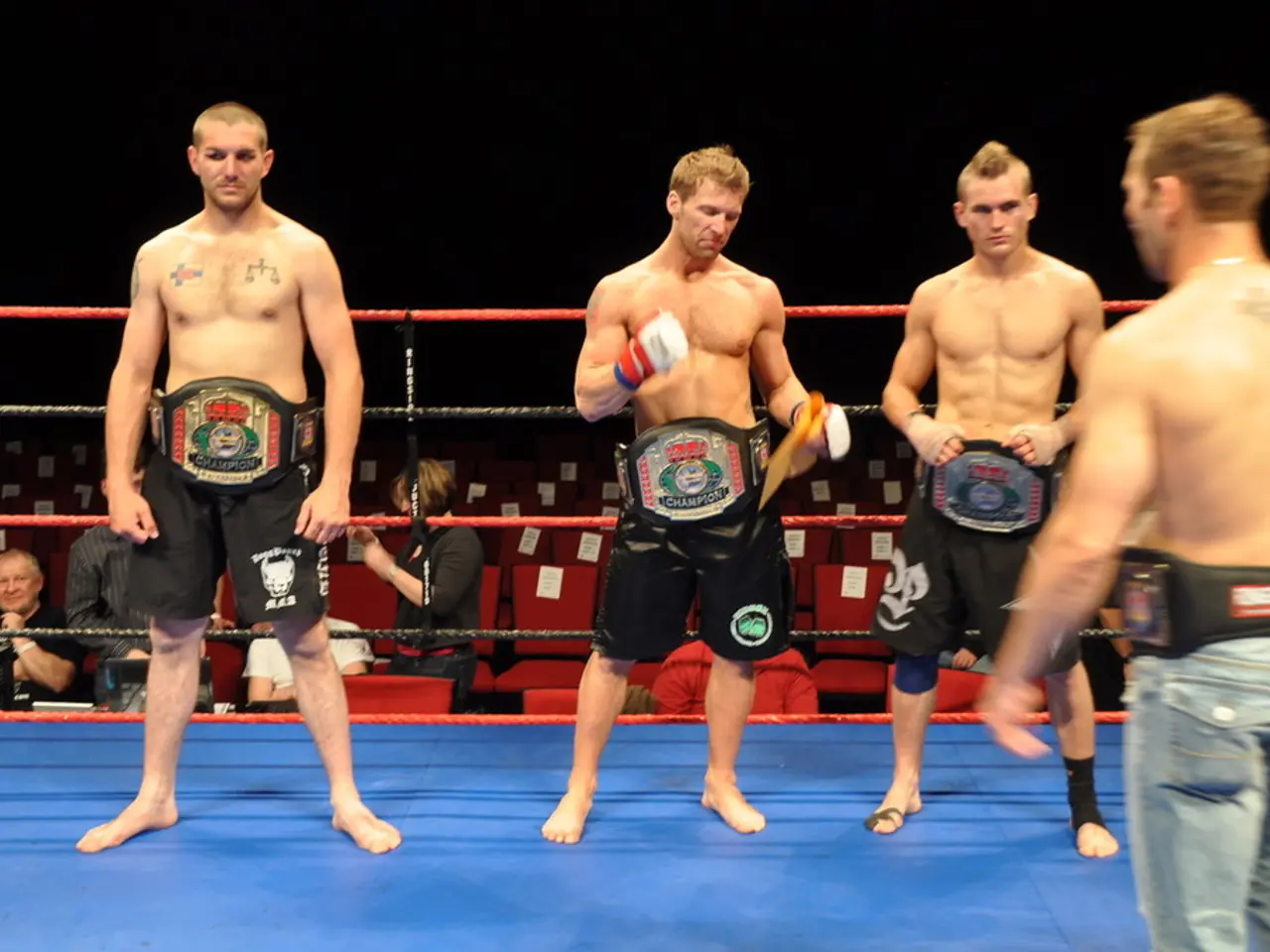Extended border screenings between Poland and Germany last for another two months
The border regions of Poland, Lithuania, and Latvia have seen a surge in border controls and checks over the past month, as authorities grapple with an influx of irregular migrants primarily from the Middle East passing through Belarus and aiming to reach Germany.
According to Robert Bagan, border guards in these regions have checked over 493,000 people crossing the borders with Germany and Lithuania between July 7th and August 2nd. The increased border checks, initially introduced last month, will be extended until October 4th.
Polish authorities estimate that hundreds of migrants, mainly from the Middle East, are entering the Baltic states every month from ex-Soviet Belarus. In response to this, Poland's Interior Minister has emphasized the necessity to close the eastern migration route through Lithuania and Latvia.
Meanwhile, Lithuania has responded to this intensified migration flow with a state of emergency and controversial measures including pushbacks, increased border patrols, and construction of physical barriers along its Belarusian border. Lithuania has also filed a case against Belarus at the International Court of Justice, accusing it of facilitating migrant smuggling into Lithuania.
The regulation sent to the European Commission is likely related to the border controls and checks implemented in Poland. The European partners, as stated by Kierwinski, understand the decisions being made, as they aim to close the migration route through Lithuania and Latvia.
It's worth noting that EU countries within the Schengen area are allowed to impose border controls if they feel there is a threat to public order or internal security.
The increased border checks have proven effective in stopping irregular migrants from transiting through Poland's border with Russia and Belarus. However, the current situation involves ongoing EU border management challenges and geopolitical tensions involving Belarus.
The drop in irregular border crossings by 20% in early 2025 overall, mainly due to successful cooperation with African countries and reduced crossings on other routes, indicates a broader trend. Nevertheless, migration pressure remains high along this eastern route, prompting Frontex to expand its presence to manage these shifting dynamics.
The efforts of Poland, Lithuania, and Latvia to prevent migrant entry are a response to an ongoing issue of irregular migration from ex-Soviet Belarus into the Baltic states and further into Poland. The situation is under scrutiny by the European Court of Justice for human rights concerns, as some actions, such as denying asylum access, violate EU law.
[1] Bagan, R. (2025). Border controls extended in Poland and Lithuania to counter irregular migration. The Guardian. [2] Kierwinski, M. (2025). Interview: Strengthening border controls to close the eastern migration route. EU Observer. [3] European Commission (2025). Press release: Regulation regarding border controls in Poland. [4] Lithuanian Ministry of the Interior (2025). Measures taken to counter irregular migration. [5] Frontex (2025). Annual report 2025: Trends in irregular migration.
- The European Commission is likely to consider a regulation related to the increased border controls and checks, as Poland and Lithuania grapple with an influx of irregular migrants, due to the ongoing politics surrounding migration from ex-Soviet Belarus.
- General-news outlets such as The Guardian and EU Observer have covered the ongoing efforts by Poland, Lithuania, and Latvia to counter irregular migration, focusing on their extended border controls and controversial measures like pushbacks, as they aim to close the eastern migration route.


